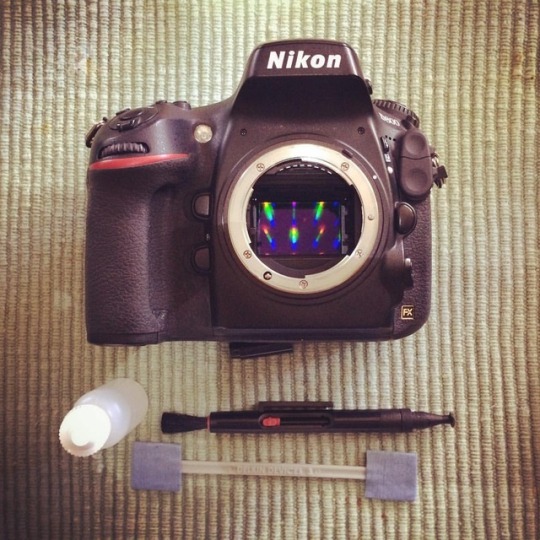#sensorcleaning
Explore tagged Tumblr posts
Text
Camera Repair NZ: Expert Solutions by Camera Fix
In New Zealand, photography is essential to daily life, from capturing stunning landscapes to preserving precious family moments. However, when your camera stops working, you need reliable Camera Repair services to get back to shooting. At Camera Fix, we provide top-quality Camera Repair NZ solutions to ensure your photography gear works flawlessly again.
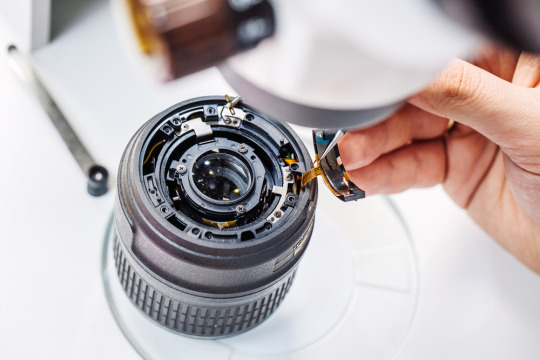
Why Choose Camera Fix for Camera Repair NZ?
When it comes to Camera Repair NZ, Camera Fix is the name you can trust. With years of experience and a team of skilled technicians, we offer fast, professional, and affordable Camera Repair services for all types of cameras, including DSLRs, mirrorless, and compact cameras. We understand the value of your equipment and memories, which is why our Camera Repair solutions are designed to meet the highest standards.
At Camera Fix, we aim to restore your camera to its optimal performance. Whether you have a damaged lens, sensor issues, or power malfunctions, our Camera Repair experts provide effective solutions. We combine advanced tools and techniques to deliver results that exceed your expectations.
Common Issues Solved by Our Camera Repair NZ Experts
At Camera Fix, our Camera Repair services address a wide range of camera issues, including:
Lens Problems: If your lens is stuck, scratched, or misaligned, our Camera Repair NZ team can clean, repair, or replace it.
Sensor Cleaning and Repairs: Dust and debris on your sensor can ruin image quality. Our Camera Repair service includes expert sensor cleaning and fixes.
Focus and Zoom Errors: Autofocus and zoom issues can hinder your photography. With Camera Repair, we recalibrate and replace faulty components.
Power Issues: Battery or charging problems are no match for our skilled Camera Repair NZ technicians.
Water Damage: Accidental exposure to water can cause significant problems. Our Camera Repair NZ specialists ensure your camera is restored to working condition.
Benefits of Professional Camera Repair NZ Services
Opting for Camera Repair NZ services at Camera Fix offers numerous benefits:
Cost-Effective: Our Camera Repair services save you the cost of buying a new camera.
Expert Technicians: Our skilled team has hands-on experience handling all major brands and models.
Quick Turnaround: We value your time and aim to deliver fast and efficient Camera Repair solutions.
Extended Lifespan: Regular maintenance and repairs can extend your camera's life.
Sustainability: Choosing Camera Repair reduces electronic waste, benefiting the environment.
How to Book Camera Repair NZ Services at Camera Fix
At Camera Fix, getting your camera repaired is a simple and seamless process. Here’s how you can avail our Camera Repair services:
Contact Us: Reach out to our team via phone, email, or website to discuss your Camera Repair NZ needs.
Diagnosis: Bring your camera to our center, where our experts will inspect and diagnose the issue.
Repair Process: Our Camera Repair technicians will perform the required repairs using advanced tools and techniques.
Collection or Delivery: Once the repairs are completed, your camera will be returned in excellent condition.
Why New Zealand Trusts Camera Fix for Camera Repair NZ
In New Zealand, Camera Fix has built a reputation for delivering exceptional Camera Repair services. From minor fixes to major repairs, we handle each job with precision and care. Our goal is to ensure you can continue capturing life’s best moments without any disruptions. For reliable, professional, and affordable Camera Repair NZ solutions, trust Camera Fix to bring your camera back to life. Contact us today and experience the best Camera Repair services in New Zealand!
#CameraRepairNZ#CameraRepair#CameraTechnicians#Camerarepair#Camerarepairservices#ProfessionalCameraRepair#LensRepair#DSLRRepair#PhotographyGearFix#CameraCare#CameraRestoration#FixYourCamera#ReliableCameraRepair#PhotographyEquipmentRepair#SensorCleaning#LensMaintenance#WaterDamageRepair#CameraRepairExperts
0 notes
Photo

www.advancecamera.com #camerarepair, #portlandoregon, #photography, #canon, #nikon, #pentax, #irphotography, #infrared, #camera, #repair, #rokinon, #sigma, #tamron, #tokina, #sony, #sensorcleaning, #lensrepair, #dslr #android, #leica #rolleiflex #polaroid (at AdvanceCamerapdx) https://www.instagram.com/p/BwS7NvLBdyO/?utm_source=ig_tumblr_share&igshid=1m7affrddgssx
#camerarepair#portlandoregon#photography#canon#nikon#pentax#irphotography#infrared#camera#repair#rokinon#sigma#tamron#tokina#sony#sensorcleaning#lensrepair#dslr#android#leica#rolleiflex#polaroid
1 note
·
View note
Photo

Best advice for shooting images like this. Well, since you're stopped down all the way, it saves a ton of time to have a spotless sensor. New video up, "how to professionally clean your own camera sensor". It's SUPER easy. Link in my bio and links to everything you need in the video description. How do you clean your sensor? #wednesdaywisdom #sensorcleaning #dslr
0 notes
Text
Syga Cleaning Kit for DSLR Cameras and Sensitive Electronics (Medium, Multicolour)
Syga Cleaning Kit for DSLR Cameras and Sensitive Electronics (Medium, Multicolour)
Price: (as of – Details) Lens brush for sweeping away dust from a camera or lens; air blower for removing dirt from a camera body, lens, mirror, or DSLR sensorcleaning cloths for safe cleaning of any surface or lens; empty refillable plastic spray bottle and cleaner cloth is washable.The air blower never needs any batteries or refills. It can always be used to apply a precisely targeted stream…

View On WordPress
0 notes
Text
OAHU® Photo Professional Cleaning Kit for DSLR Cameras 4 in 1 Lens Cleaning Cleaner (Medium, Multicolour)
OAHU® Photo Professional Cleaning Kit for DSLR Cameras 4 in 1 Lens Cleaning Cleaner (Medium, Multicolour)
Price: (as of – Details) OAHU Lens brush for sweeping away dust from a camera or lens; air blower for removing dirt from a camera body, lens, mirror, or DSLR sensorcleaning cloths for safe cleaning of any surface or lens; empty refillable plastic spray bottle and cleaner cloth is washable.The air blower never needs any batteries or refills. It can always be used to apply a precisely targeted…
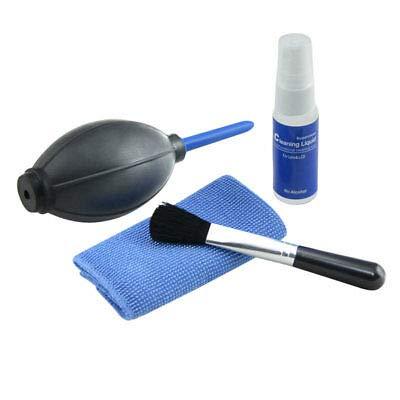
View On WordPress
0 notes
Text
OAHU® Photo Professional Cleaning Kit for DSLR Cameras 4 in 1 Lens Cleaning Cleaner (Medium, Multicolour)
OAHU® Photo Professional Cleaning Kit for DSLR Cameras 4 in 1 Lens Cleaning Cleaner (Medium, Multicolour)
Price: (as of – Details) OAHU Lens brush for sweeping away dust from a camera or lens; air blower for removing dirt from a camera body, lens, mirror, or DSLR sensorcleaning cloths for safe cleaning of any surface or lens; empty refillable plastic spray bottle and cleaner cloth is washable.The air blower never needs any batteries or refills. It can always be used to apply a precisely targeted…
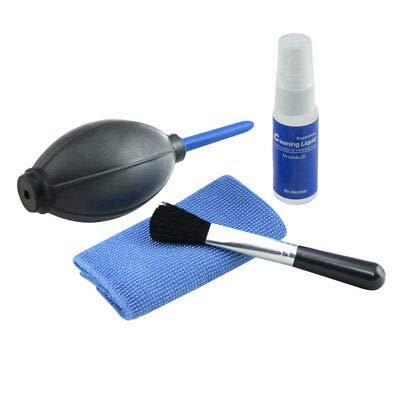
View On WordPress
0 notes
Photo

Contax IIA on the bench. www.advancecamera.com #camerarepair, #portlandoregon, #photography, #canon, #nikon, #pentax, #irphotography, #infrared, #camera, #repair, #rokinon, #sigma, #tamron, #tokina, #sony, #sensorcleaning, #lensrepair, #dslr #android, #leica #rolleiflex #contax https://www.instagram.com/p/BsgMNjzBX4N/?utm_source=ig_tumblr_share&igshid=1evuiwjk1hbnx
#camerarepair#portlandoregon#photography#canon#nikon#pentax#irphotography#infrared#camera#repair#rokinon#sigma#tamron#tokina#sony#sensorcleaning#lensrepair#dslr#android#leica#rolleiflex#contax
1 note
·
View note
Photo

La semana próxima se presenta llenita de #fotografía y #vídeo ... y el #sensor de la #cámara lleva un tiempo recolectando manchitas.. hay que armarse de paciencia y ponerle solución en 3, 2, 1 ... -- #KitdeLimpieza #CleaningSwab #SensorCleaning #LimpiezaDeSensor @vsgo @fotimaimport https://www.instagram.com/p/BwOdGSElnLZ/?utm_source=ig_tumblr_share&igshid=ud6q3a5o2i5y
0 notes
Video
youtube
(via YouTube)
0 notes
Photo

We are now installing Nikon AF confirmation chips in house. These chips not only transmit EXIF data but also allow the camera to control the lenses aperture along with auto exposure modes. www.advancecamera.com #camerarepair, #portlandoregon, #photography, #canon, #nikon, #pentax, #irphotography, #infrared, #camera, #repair, #rokinon, #sigma, #tamron, #tokina, #sony, #sensorcleaning, #lensrepair, #dslr #android, #leica #rolleiflex https://www.instagram.com/p/BsYruwFh6Pi/?utm_source=ig_tumblr_share&igshid=1pqfh76pmt9oz
#camerarepair#portlandoregon#photography#canon#nikon#pentax#irphotography#infrared#camera#repair#rokinon#sigma#tamron#tokina#sony#sensorcleaning#lensrepair#dslr#android#leica#rolleiflex
1 note
·
View note
Photo
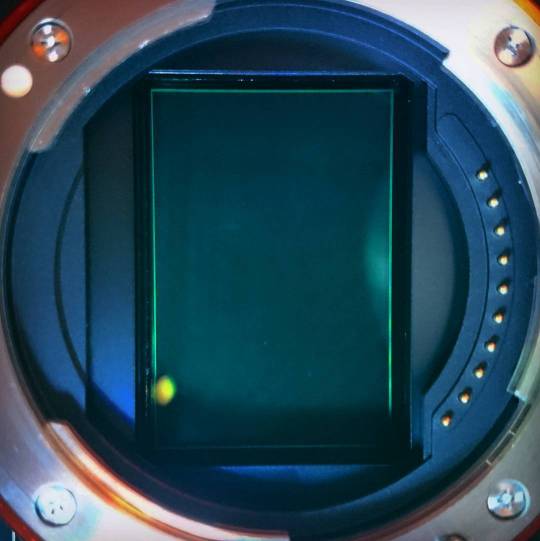
Sometimes I'm afraid to look into the darkness for what horrors may return my gaze. In this case it's dust. Not just any dust.. this is pollen from Satan's flower. Fluff of fury. Blower, wet swabs, nothin can vanquish this! Except maybe $80 to send it away 😔 #cameracare #videography #filmmaking #cameras #a7s #sonyalpha #sensorcleaning #ohhhImACameraImExpensive
0 notes
Photo

Finishing up a custom paint and leatherette job. www.advancecamera.com #camerarepair, #portlandoregon, #photography, #canon, #nikon, #pentax, #irphotography, #infrared, #camera, #repair, #rokinon, #sigma, #tamron, #tokina, #sony, #sensorcleaning, #lensrepair, #dslr #android, #leica #rolleiflex https://www.instagram.com/p/BsLxVl-hQX5/?utm_source=ig_tumblr_share&igshid=1oww1nce48e13
#camerarepair#portlandoregon#photography#canon#nikon#pentax#irphotography#infrared#camera#repair#rokinon#sigma#tamron#tokina#sony#sensorcleaning#lensrepair#dslr#android#leica#rolleiflex
1 note
·
View note
